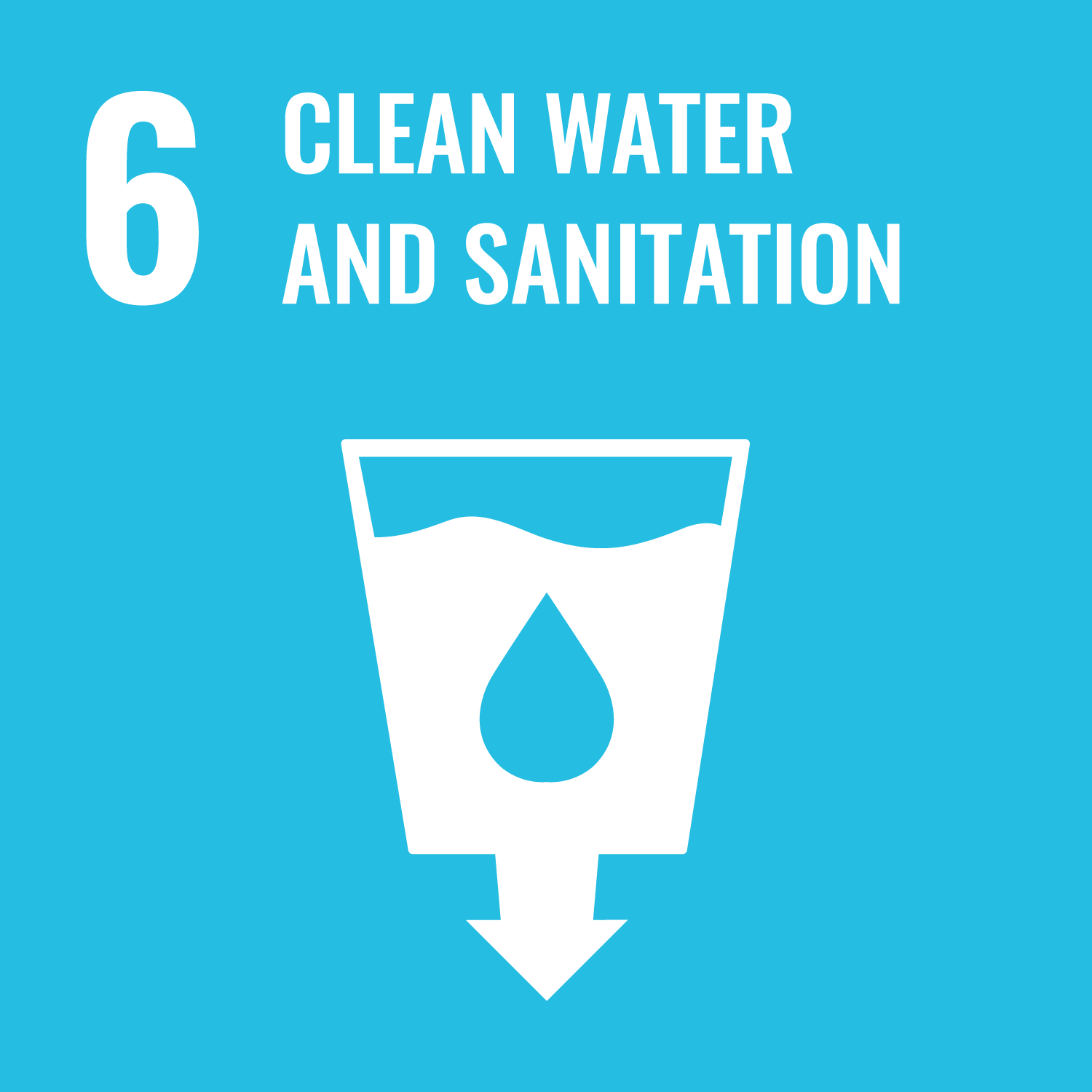Ali, M. orcid.org/0000-0002-5509-9795 and Corridon, P.R. (2024) Integrated environmental and health economic assessments of novel xeno-keratografts addressing a growing public health crisis. Scientific Reports, 14. 25600. ISSN 2045-2322
Abstract
Tissue scarcity poses global challenges for corneal transplantation and public health. Xeno-keratoplasty using animal-derived tissues offers a potential solution, but its environmental and economic implications remain unclear. This study evaluated two xeno-keratoplasty procedures at a single institution: (1) native corneas (Option 1) and (2) tissue-engineered corneal scaffolds derived from slaughterhouse waste (Option 2). Life cycle assessment (LCA) quantified environmental impacts across 18 midpoint indicators, while cost-effectiveness analysis (CEA) incorporated cost and environmental impact using two approaches. Option 1 exhibited significantly lower environmental impact than Option 2 across most indicators, primarily due to the energy and equipment demands of cell culture in Option 2. Both CEA approaches (carbon offset pricing and utility decrement) demonstrated cost-effectiveness dominance for Option 1. Xeno-keratoplasty using native corneas (Option 1) appears more environmentally and economically favorable than tissue-engineered scaffolds (Option 2) in the current analysis. Future studies could explore diverse xeno-keratoplasty techniques for optimizing sustainability.
Metadata
| Item Type: | Article |
|---|---|
| Authors/Creators: |
|
| Copyright, Publisher and Additional Information: | © 2024 The Authors. This article is licensed under a Creative Commons Attribution-NonCommercial-NoDerivatives 4.0 International License, which permits any non-commercial use, sharing, distribution and reproduction in any medium or format, as long as you give appropriate credit to the original author(s) and the source, provide a link to the Creative Commons licence, and indicate if you modified the licensed material. You do not have permission under this licence to share adapted material derived from this article or parts of it. The images or other third party material in this article are included in the article’s Creative Commons licence, unless indicated otherwise in a credit line to the material. If material is not included in the article’s Creative Commons licence and your intended use is not permitted by statutory regulation or exceeds the permitted use, you will need to obtain permission directly from the copyright holder. To view a copy of this licence, visit http://creativecommons.org/licenses/by-nc-nd/4.0/. |
| Keywords: | Circular economy; Corneal transplantation; Cost-effectiveness analysis; Environmental impact; Slaughterhouse waste; Xeno-keratoplasty; Corneal Transplantation; Humans; Animals; Cost-Benefit Analysis; Tissue Engineering; Cornea; Public Health; Transplantation, Heterologous; Environment; Tissue Scaffolds |
| Dates: |
|
| Institution: | The University of Sheffield |
| Academic Units: | The University of Sheffield > Faculty of Social Sciences (Sheffield) > Management School (Sheffield) |
| Depositing User: | Symplectic Sheffield |
| Date Deposited: | 04 Nov 2024 10:33 |
| Last Modified: | 04 Nov 2024 10:33 |
| Published Version: | http://dx.doi.org/10.1038/s41598-024-77783-y |
| Status: | Published |
| Publisher: | Springer Science and Business Media LLC |
| Refereed: | Yes |
| Identification Number: | 10.1038/s41598-024-77783-y |
| Related URLs: | |
| Sustainable Development Goals: | |
| Open Archives Initiative ID (OAI ID): | oai:eprints.whiterose.ac.uk:219180 |


 CORE (COnnecting REpositories)
CORE (COnnecting REpositories) CORE (COnnecting REpositories)
CORE (COnnecting REpositories)